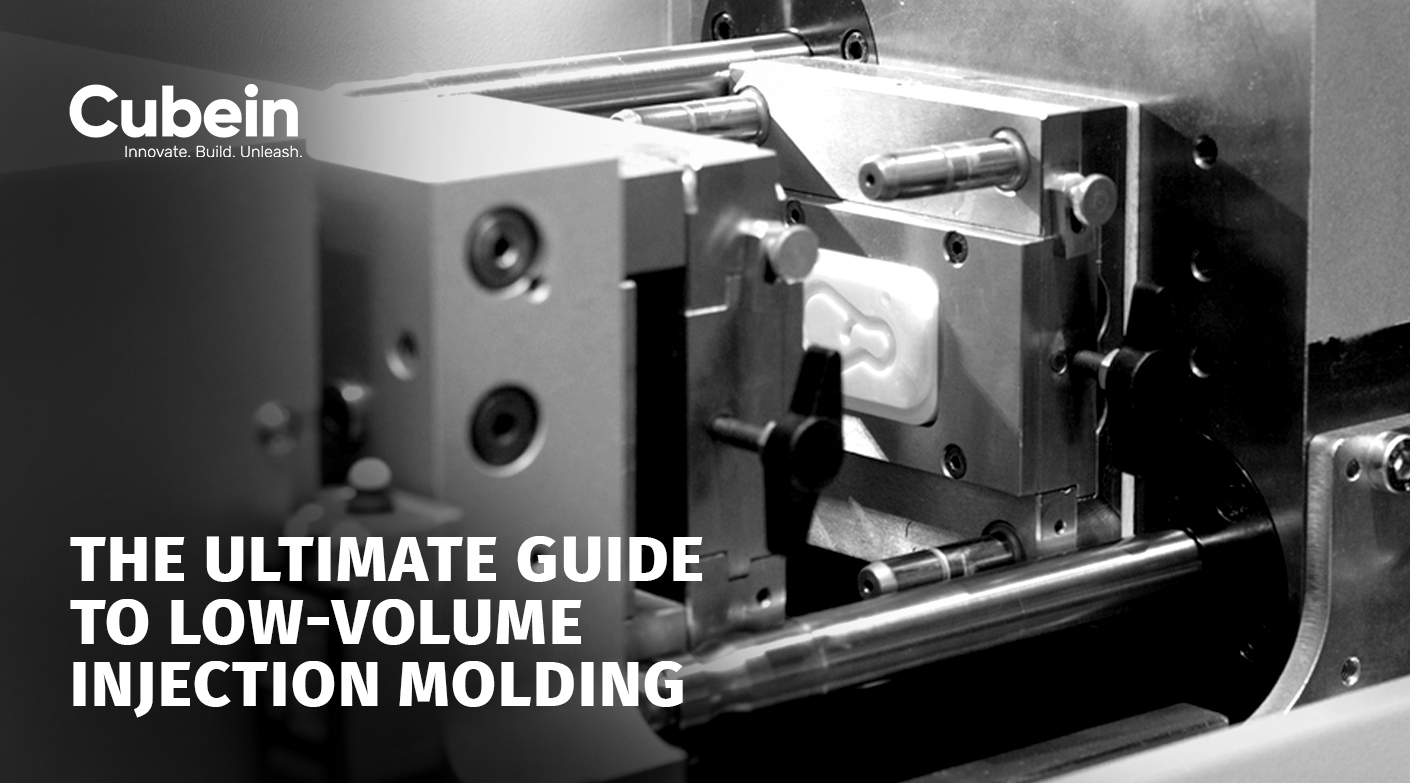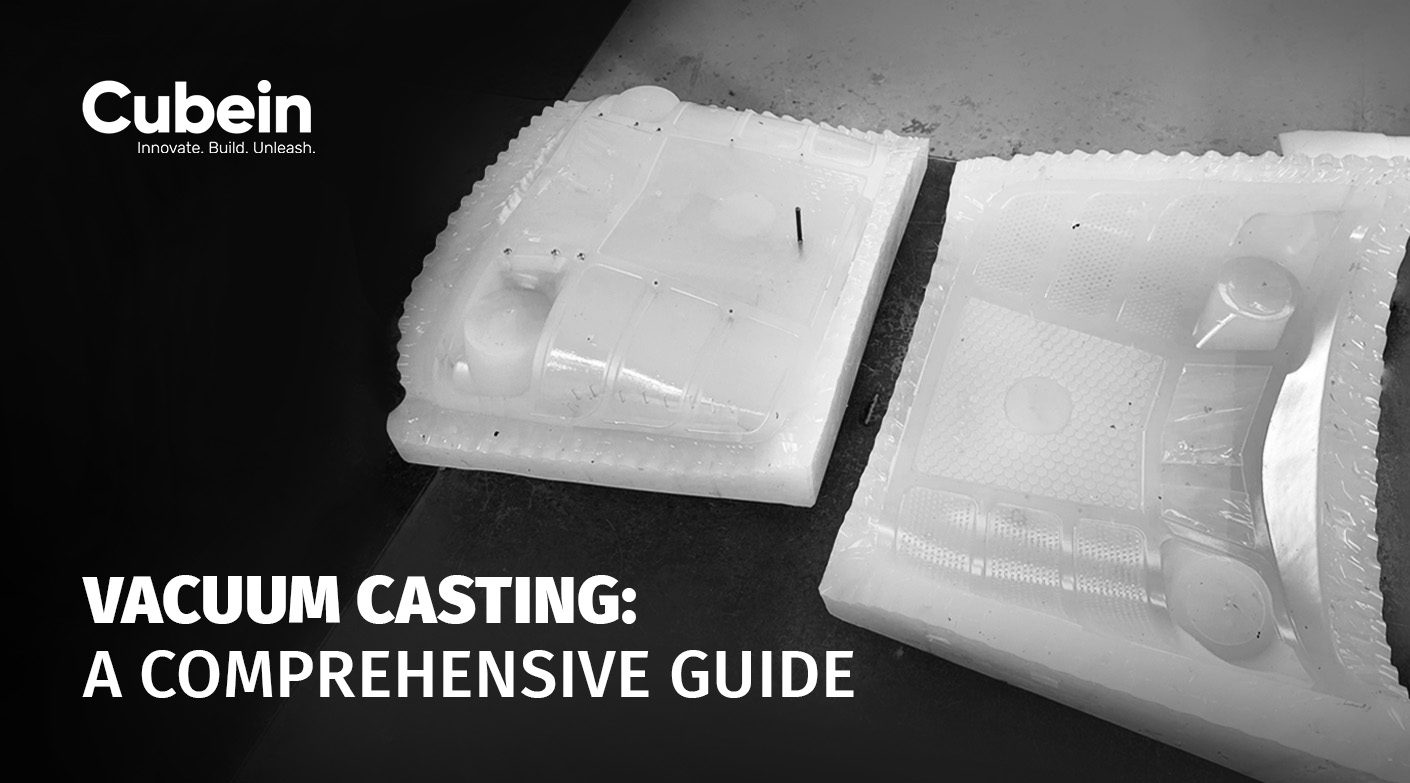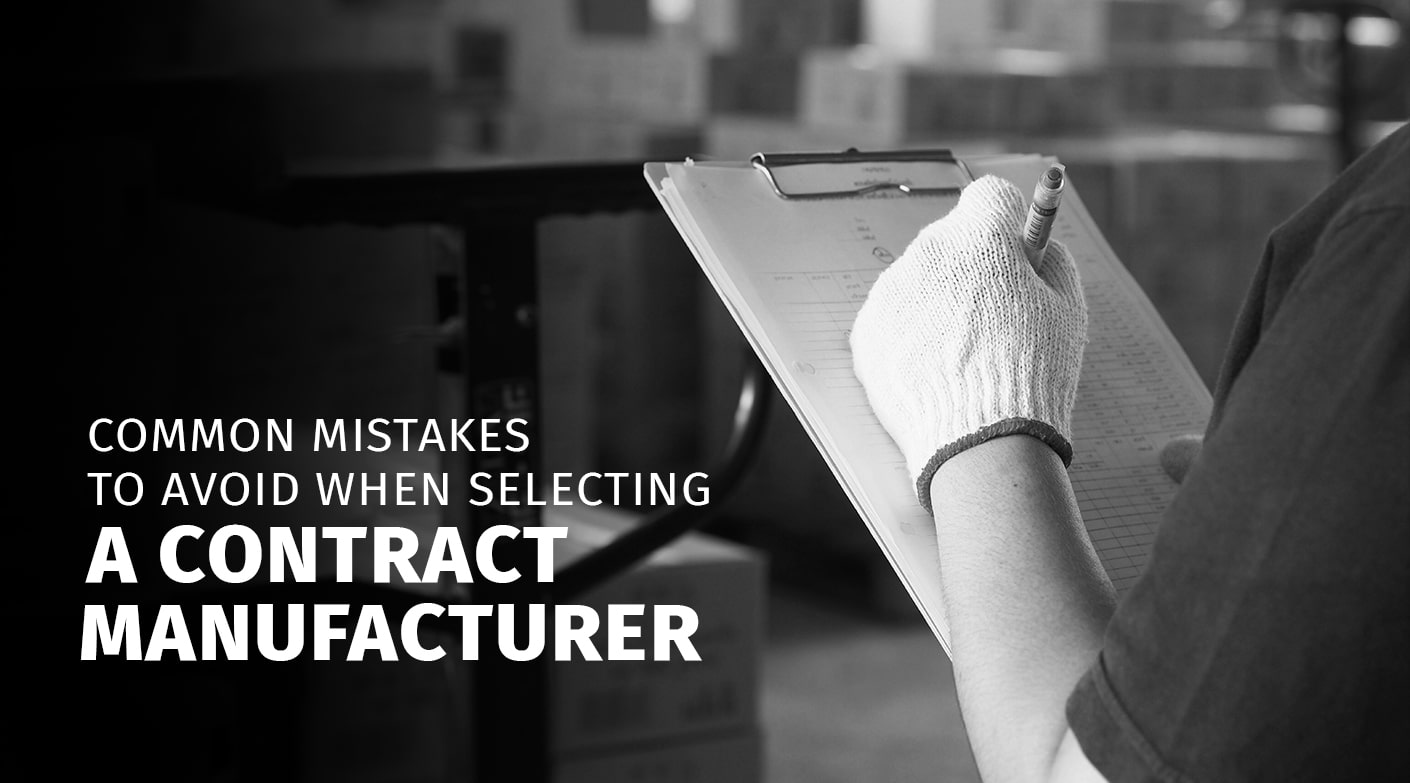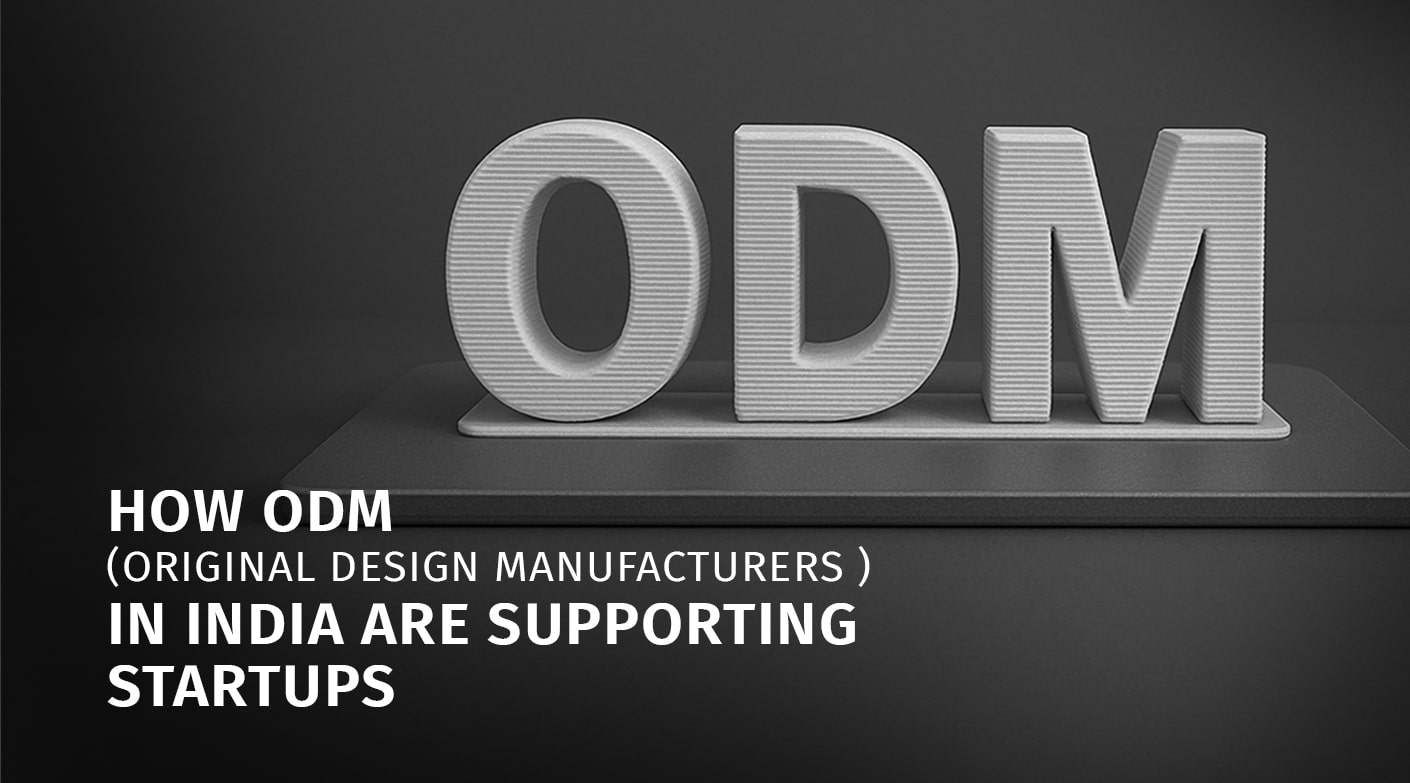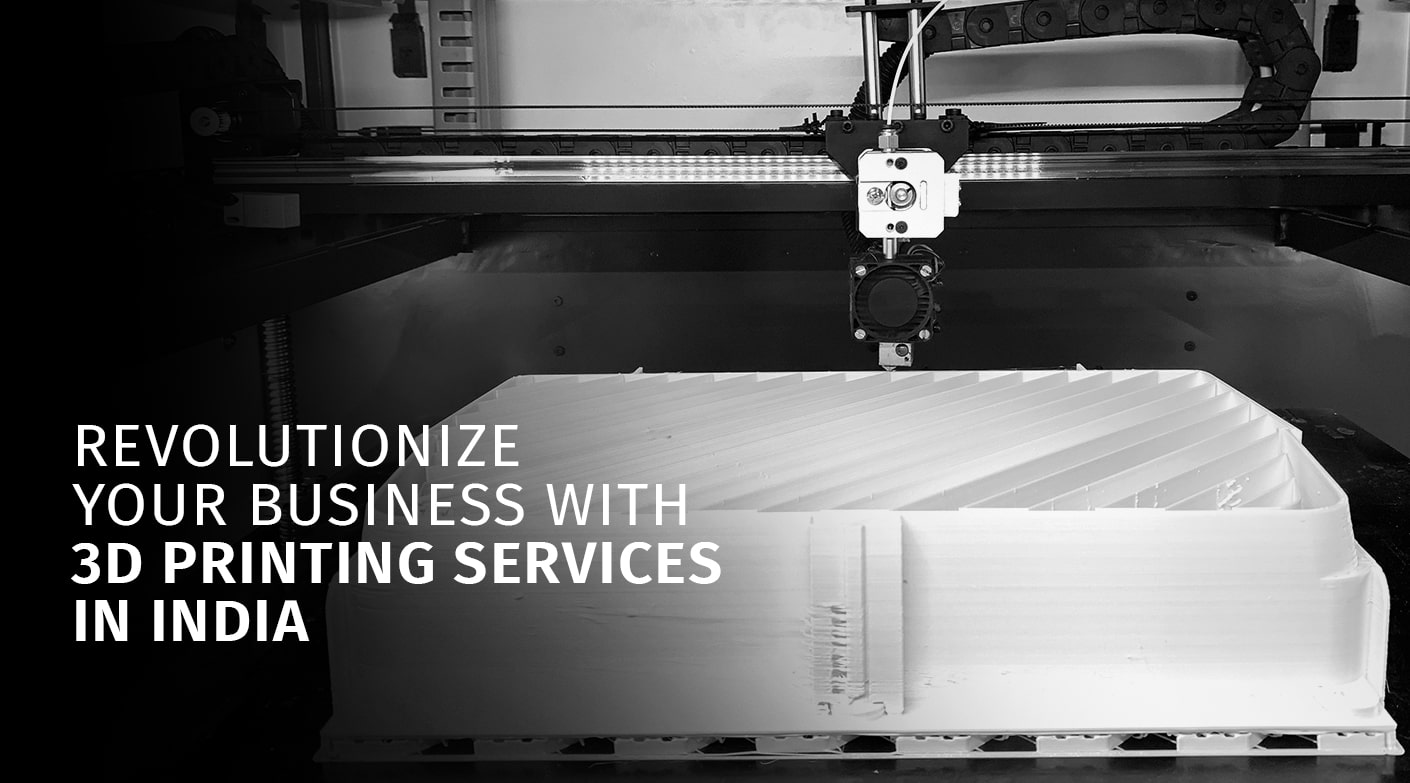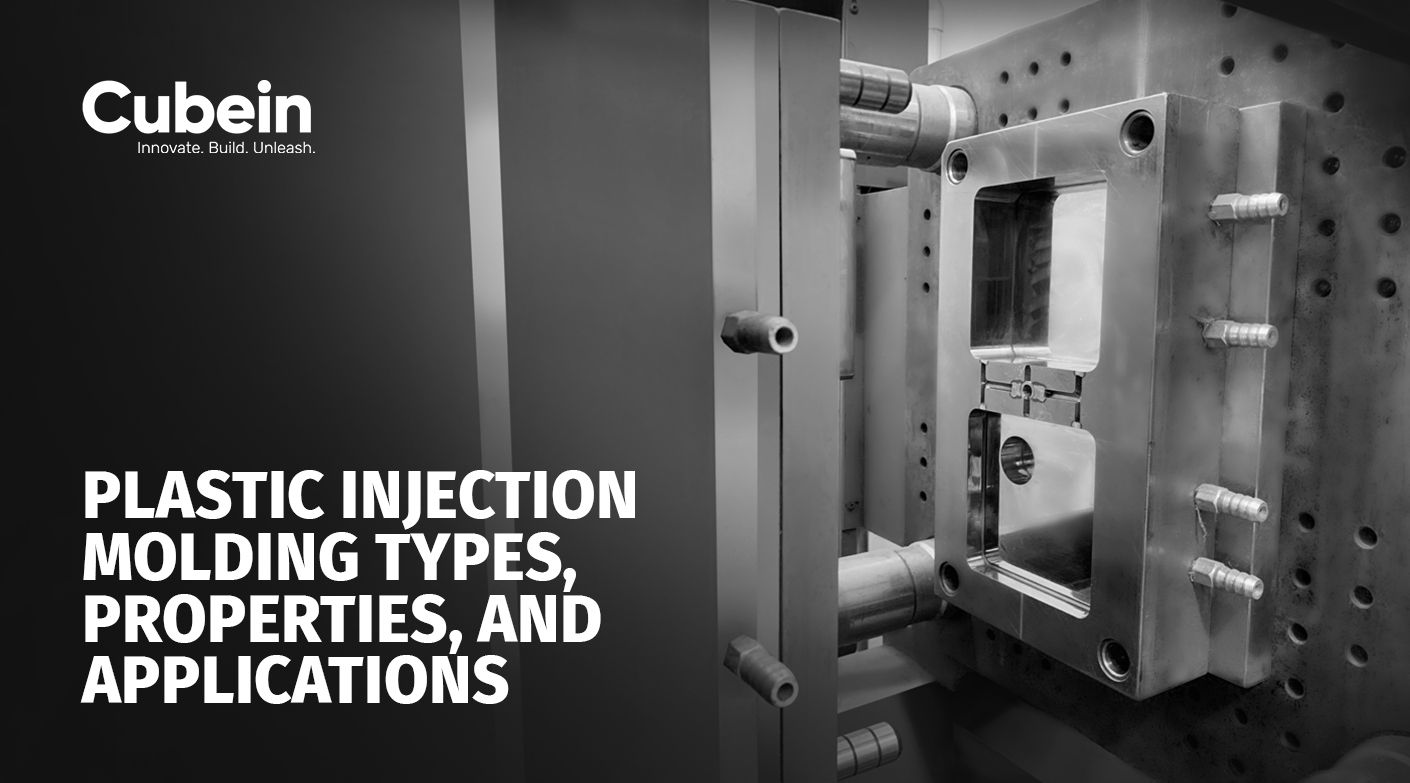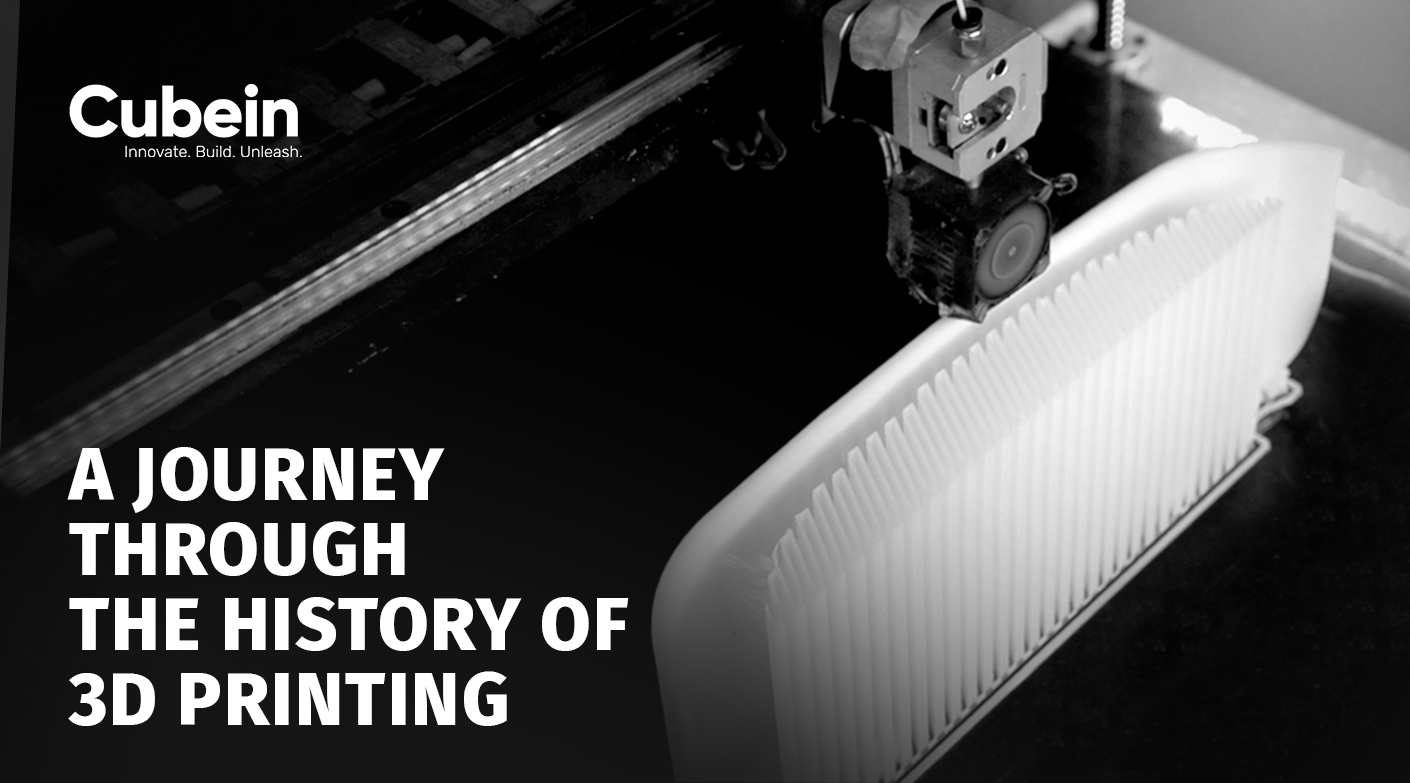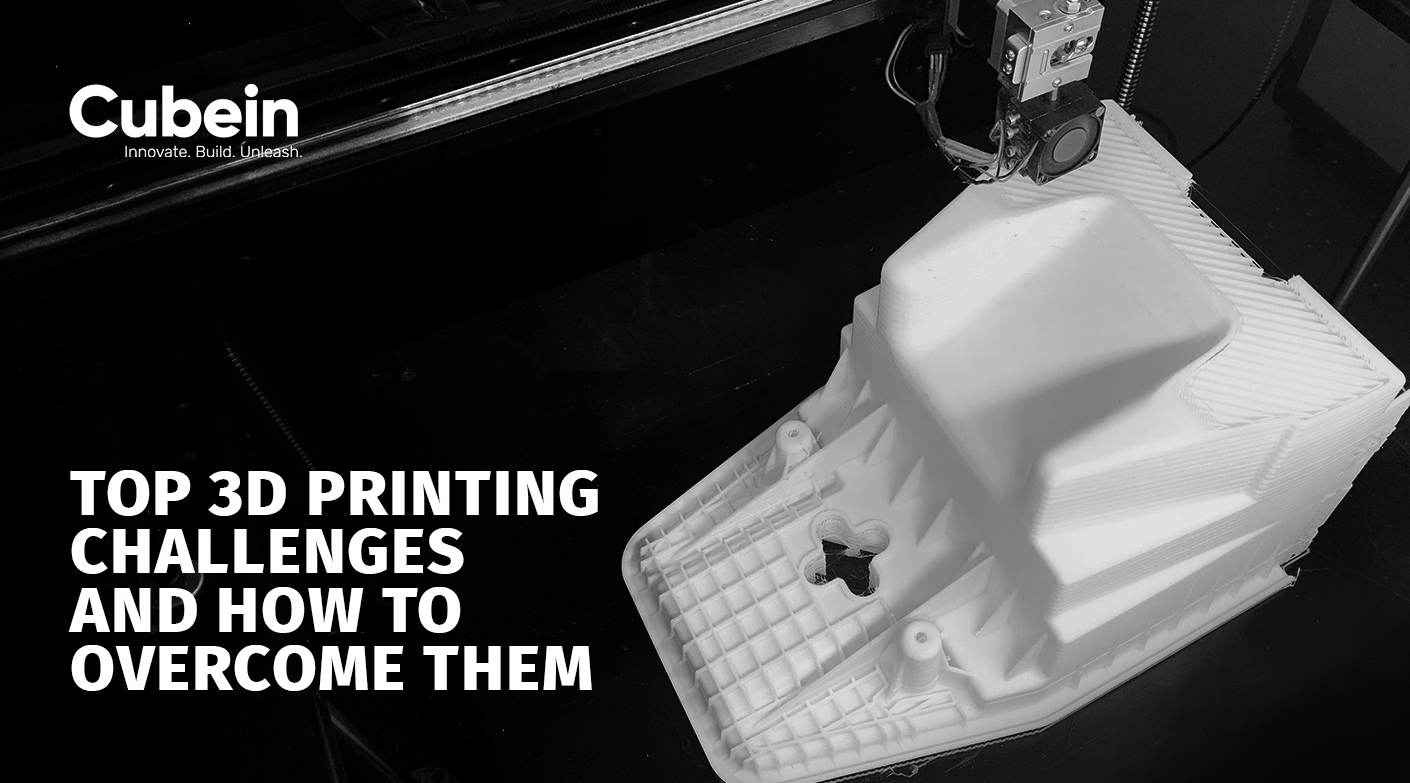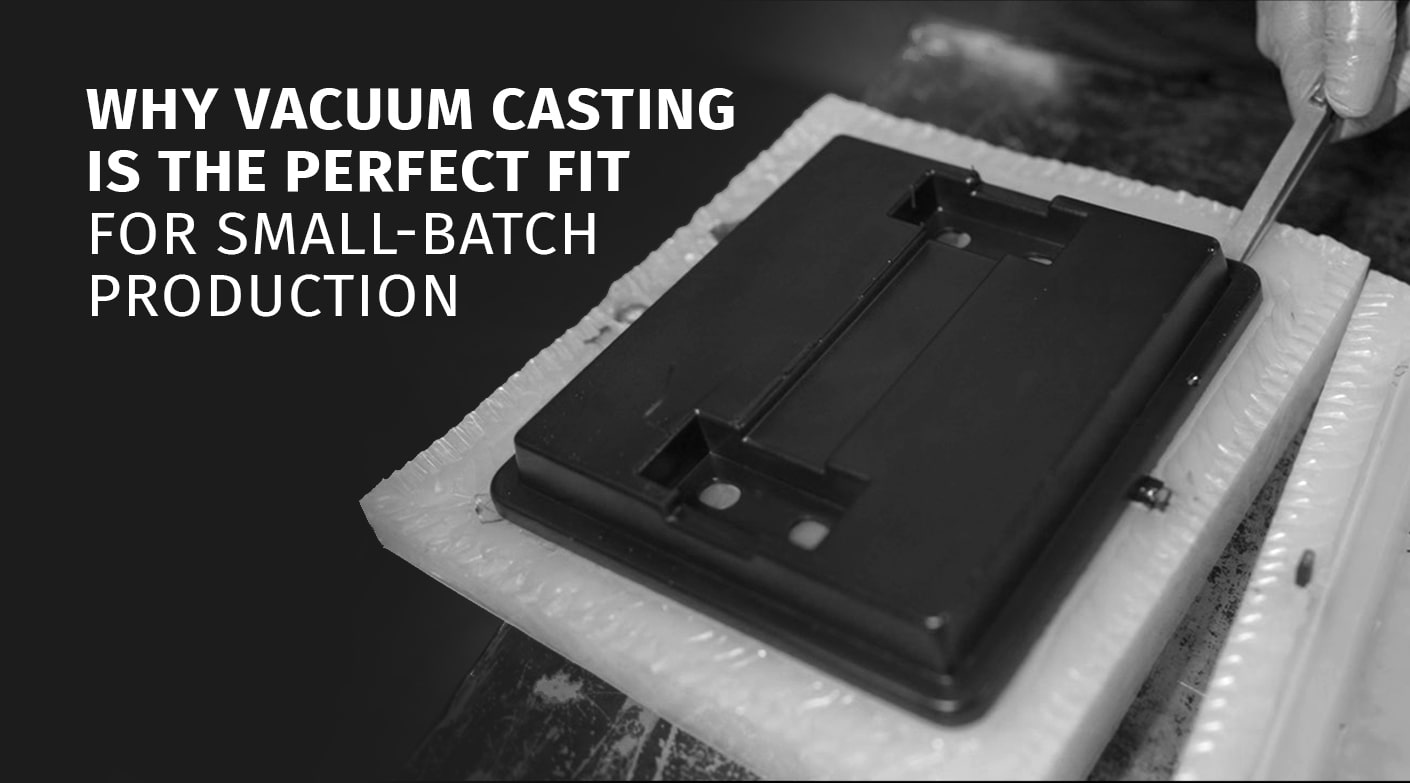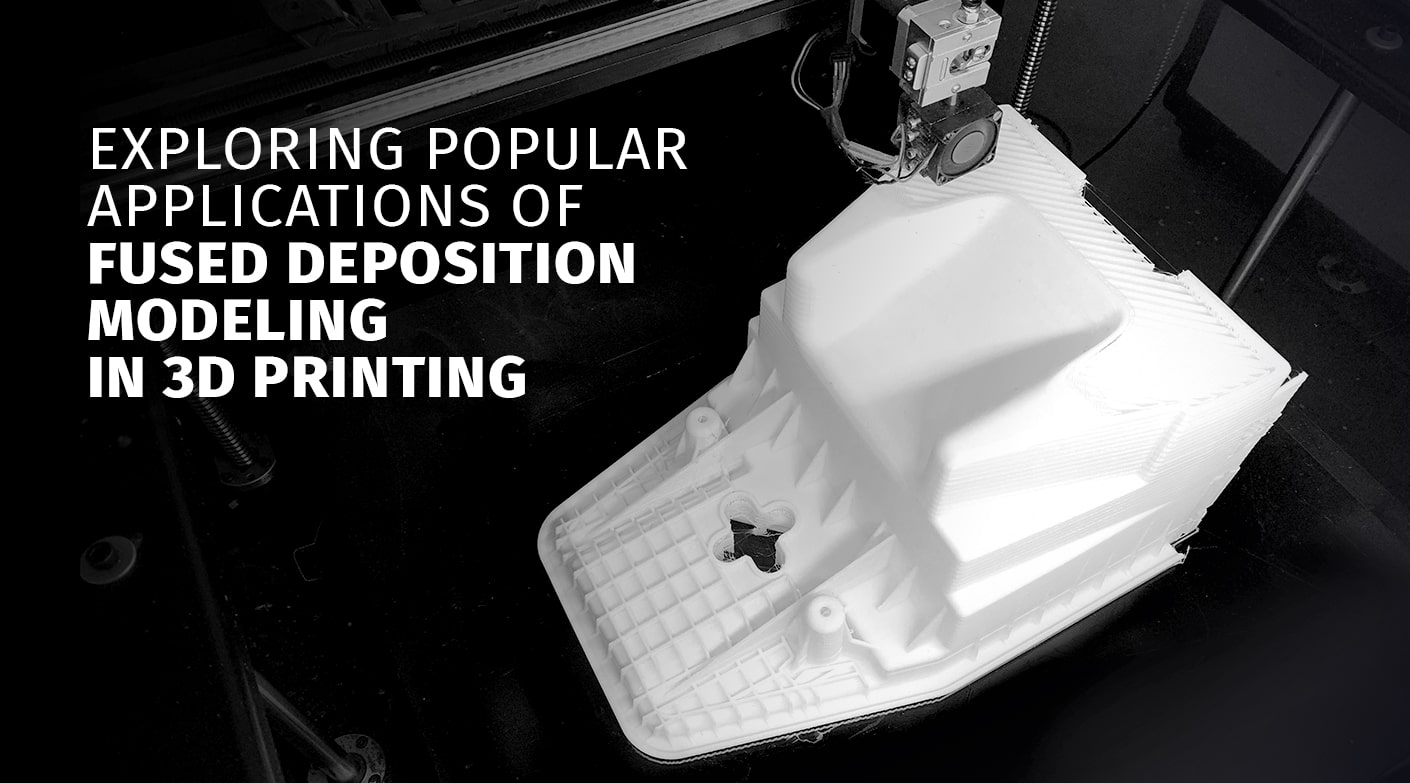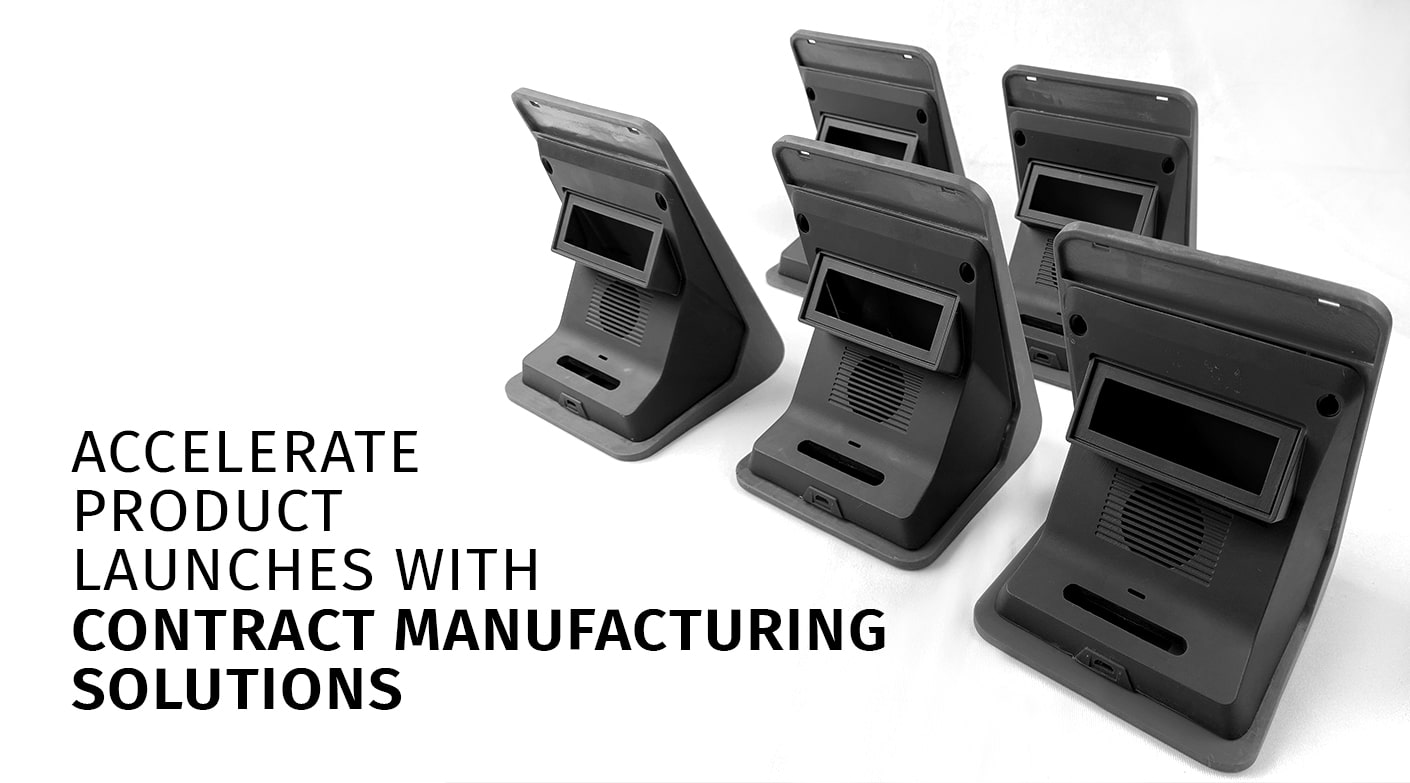Injection molding monopolized high-volume manufacturing in the 1940’s. Half a decade later, 3D printing revolutionized manufacturing, eliminating the need for time-consuming tooling and molds. However, injection molding gained traction in low-volume rapid prototyping, specialized, and niche products.
This comprehensive guide to low-volume injection molding aims to break the assumption that injection molding is limited for high-volume production runs and includes insights from the team here at Cubein, who have solved some of the greatest challenges in manufacturing with highly functional low-volume injection molded products.
What is Low Volume Injection Molding?
Low-volume injection molding is a short-run production technology that produces between 100 to 100000 product units.
It is best suited for short-run production involving small parts and prototypes, and it can either be used to produce low-volume products or as an efficient way to test product functionality before deciding on mass production, with their limited footprints making them apt for a circular economy.
Advantages of Low-Volume Injection Molding
Low-volume injection molding involves lowered tooling costs, shorter turnaround times, and design flexibility, thus expediting market entry.
Additionally, the use of softer aluminum material facilitates accelerated production with cycle times as short as 10 seconds, shorter lead times of 1-5 days, and more durable mold fabrication, because of the superior heat transfer rate of aluminum which eliminates the need for cooling— which was needed in steel molds.
Since the equipment is made for faster changeovers with small production runs, the outdated inventory can be discarded, or if required it can be used to scale production.
How Low-Volume Injection Molding Works?
Low-volume plastic injection may involve the use of a 3D printer and a desktop injection molding machine or the process may include pouring plastic pellets into a dimensionally small injection molding machine, followed by melting and injecting through hot or cold runners at apt pressure and temperatures, and ends with the filling of the mold. Once the mold is set, the final product is removed using automated ejectors/lifters or hand loads.
Applications and Use Cases
Low-volume injection molding finds the most application in rapid prototyping, short-run manufacturing, market testing, pilot production, and on-demand or custom production needs, because of its capability to create iterative designs.
Manufacturers who want to decide the future course of action based on the customer response to their pilot projects can utilize low-volume injection molding to scale up or down based on demand fluctuations.
Cost Considerations
Product designers, engineers, and manufacturers are under relentless pressure to accelerate time to market while keeping product R&D costs low. As a cost-effective solution for smaller scales of production, low-volume injection molding has revolutionized the market.
Low-volume injection molding incorporates the advantages of rapid prototyping, reduced tooling costs (less than $100), and eliminated waste, making it cost-efficient.
Complete customization enables minimal post-production modifications, and production of small quantities on demand, and the need for limited infrastructure makes it a viable option.
Design and Prototyping Flexibility
With low-volume injection molding, parts with precise geometries and intricate details can be made to the tee in any configuration, shape, and size. Rapid iteration and improvement of the part design and assembly of complex parts with accurate inclusion of precise details like texture, threads, and undercuts can be achieved in a single operation.
Customized products and specific-use components whose designs can be tweaked between production runs are the biggest design advantages of low-volume injection molding.
Quality Control and Risk Management
The prime reason, the low volume injection molding is preferred over 3D printing is assured quality and lower post-processing needs. A slight defect could mean considerable product delays and add to the costs.
Hence, low-volume injection molding needs a comprehensive inspection to ascertain quality conformance as per specifications.
Certifications like ISO 9001, FAI, and industry-specific standards like AS9100 for aerospace and ISO 13485 for medical are used in injection molding to assure quality. At Cubein, extensive measures to test strength, durability, and aesthetics are conducted through rigorous thermal, mechanical, and chemical tests.
Low Volume Injection Molding vs High-Volume Injection Molding
Besides the volume of production, there are many inherent differences between low-volume and high-volume injection molding, making them suitable for particular use cases based on the process’ capabilities.
The primary difference is the tooling used. While low-volume uses soft aluminum tools, high-volume injection uses hardened steel to make them durable for continued operation in high-scale production.
Lower tooling costs, shorter turnaround times, amplified design flexibility, and comparatively easier market entry are the advantages of low-volume injection molding which make them suitable for prototyping, pilot production, and the creation of pieces for market testing.
High-volume injection molding operations are apt for producing between 1,00,000 to over 1,000,000 pieces using hardened steel as the tooling. High speed, high volume operation, mass production, lower unit costs, durability, and better suitability for automation are the key benefits of high-volume injection molding.
For automation needs, it’s better to go for a high-volume injection molding process.
| Feature | Low Volume Injection Molding | High Volume Injection Molding |
|---|---|---|
| Tooling Material | Soft aluminum tools | Hardened steel tools |
| Production Volume | Limited (prototyping, pilot production) | High (100,000 to over 1,000,000 pieces) |
| Tooling Costs | Lower costs | Higher costs |
| Turnaround Time | Shorter turnaround times | Longer setup times |
| Design Flexibility | Greater flexibility | Limited flexibility |
| Market Entry | Easier market entry | More challenging market entry |
| Production Speed | Slower production rates | High-speed production |
| Unit Costs | Generally higher unit costs | Lower unit costs |
| Automation Suitability | Less suited for automation | Highly suitable for automation |
| Use Cases | Prototyping, market testing | Mass production |
| Feature | Low Volume Injection Molding | High Volume Injection Molding |
Future Trends in Low-Volume Injection Molding
Micro-injection molding and custom injection molding have gained a lot of traction in recent years as the market for small precision components is on the rise in Asian countries like China, India, and Japan, especially for electronic products.
The inclusion of automation for assembly, part removal, and inspection, has improved the accuracy and consistency of final products and enhanced the overall workflow.
Additionally, the integration of additive manufacturing/3D printing with low-volume injection molding allows the creation of complex geometries and customized parts, while adding greater flexibility to processes and helping get end products with faster turnaround times.
Low-Volume Injection Molding: A Linchpin in Modern Manufacturing
For manufacturers, production units, and start-ups who want to kickstart low-volume production with affordability, low-volume injection molding is the optimum solution. It’s an excellent option to get robust components/products at speed at reduced tooling costs.
At Cubein, we understand the intricacies involved in low-volume plastic injection molding. Equipped with industry expertise, proficiency in tooling techniques, practical experience with diverse materials, and industry-leading quality control best practices, we ensure that the final product meets the highest standards with faster turnaround times.
Contact us today to see tangible results with our full-cycle manufacturing expertise.




